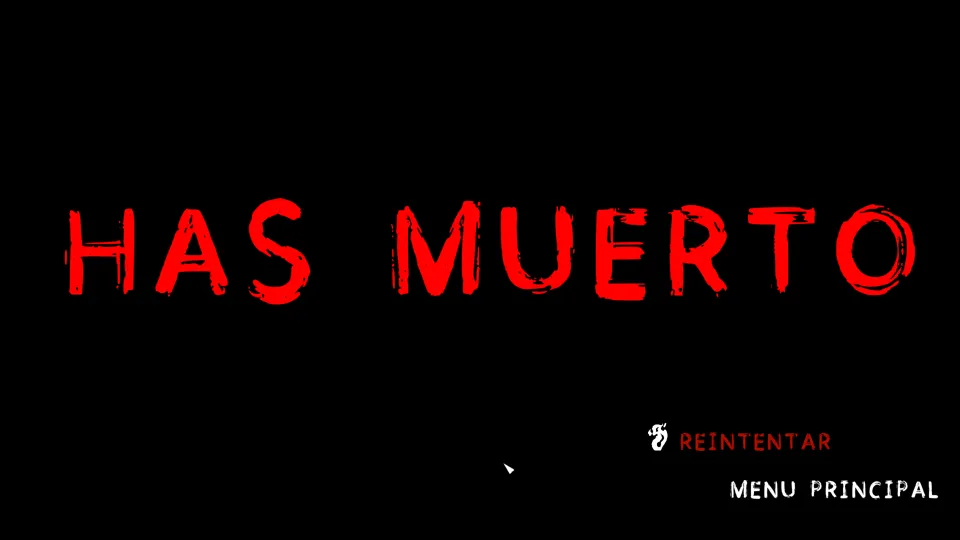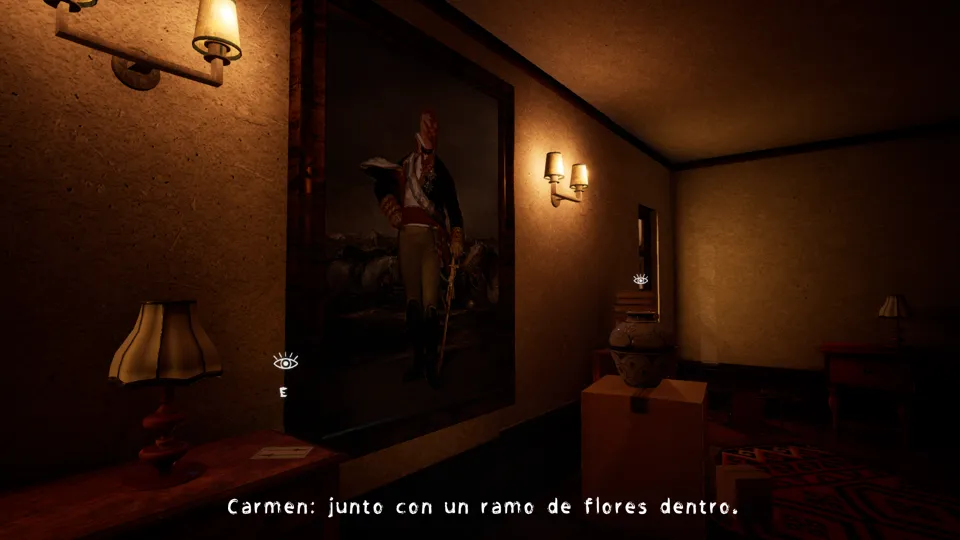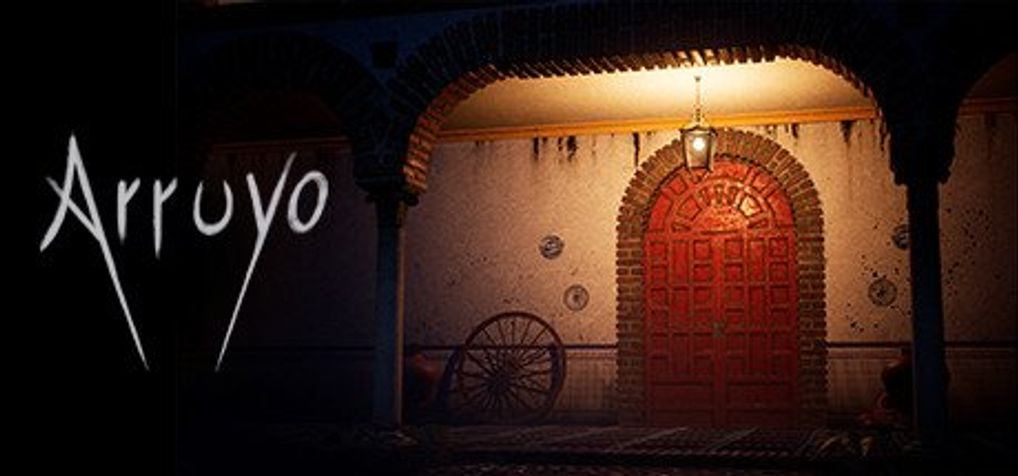Arruyo
Well done horror games are some of the best media experiences a person can have. There is something uniquely wonderful about the experience of getting absolutely lost in a game, of losing track of reality, and instead getting absolutely enveloped in this fantasy. Your heart starts beating as if you’re facing actual danger, and you find yourself in tandem with the character, glancing around corners and hoping beyond all hope that there will be an exit, an escape, a hope soon. I love it, and horror is exquisitely good at evoking that.
Good horror, that is. That’s the other thing about horror media of all flavours. It tends to fall into two extremes. It is either very good, creating that vicarious doom and the safe exploration of fear, or it is very bad. When horror is bad, it just becomes funny. The trappings that made it interesting or that urge the player to get lost within it are ripped away, and you’re left with the ridiculousness of the situation, asking yourself questions about how all this happened in the first place. Bad horror is worse than non-immersive - it is anti-immersive, bodily evicting the player from the world and sitting there with crossed arms, daring the player to try to figure it out.
Amnesia: The Dark Descent is good horror. Ann is bad horror. I’m still not sure where Arruyo falls.
 Poor furniture maintenance is usually the sign of a scary house.
Poor furniture maintenance is usually the sign of a scary house.
Arruyo is a horror game telling the story of Francisco, a painter living in the Basque Country in the wake of the Spanish Civil War. Francisco is awakened by voices and spooky happenings in his home, and must confront the demons of his past.
Like many horror games, Arruyo focuses on light as its mechanic to stave off horror. Francisco carries a refillable lamp as he wanders his home, using it to fight off his inner demons and travel deeper and deeper into the house. How well that mechanic works is open to debate - and oh, we will debate it - but it is a familiar mechanic, and one that does a good job of setting the stage of journeying with a man fending off his own inner demons.
A caveat about this review: I could not figure out how to change my game language from Spanish or enable English subtitles. My Spanish is poor at best, so much of my understanding of instructions and character dialogue was cobbled together from French, English, Esperanto, and prayers. There may be mechanics that are explained early in the game that I missed because they were in Spanish.
 I believe this says “Has Death.”
I believe this says “Has Death.”
Arruyo is a game that fundamentally understands the power of a setting and using the innate horror of a setting to its fullest. There are volumes of excellent horror media surrounding war and recovering from the trauma of war, and Arruyo finds its place quite nicely in that canon. The Spanish Civil War and its unique horrors are well-reflected here. Though I clearly don’t have personal experience with the Spanish Civil War, that sense of betrayal and being haunted by past decisions comes through in spades, and creates an atmosphere I can understand, even if the specific context is alien.
The choice to have the player roam a dark house, gradually uncovering both the horrors of the house, but also the horrors of their own past is an excellent one. The best horror is psychological horror, and Arruyo understands how to use that to its fullest potential. It does an excellent job of bringing the player into the setting and showing them the horror of an experience they have never had.
Even the choice to have monsters lurking in paintings is an interesting and compelling one. Though the monsters themselves and the mechanics around them are silly and not particularly scary, the idea and the horror they invoke is good. Their horror is less one of the monsters themselves, and more of the idea of the loss of self. Francisco is a man who defines himself as an artist, and whose paintings reflect his experiences and his self. The trauma of his past and his choices have warped even this most fundamental expression of his self, and left him with nothing. There is a visceral and relatable horror in that, and I loved it.
 I do not know what this tree is, but I love it anyway.
I do not know what this tree is, but I love it anyway.
Why, then, am I unsure whether Arruyo is a good horror game? All the elements are there, and while some may be silly in their execution, I’m willing to overlook that if it means there’s a good experience on the other side.
The problem with Arruyo is not the elements it gets right. Arruyo’s issue is that it’s unplayable.
 “This is Ramo de Flores, dentist at law.”
“This is Ramo de Flores, dentist at law.”
The core mechanic of Arruyo is its lamp. The lamp is used both to fend off the darkness in a metaphorical sense, but in a literal one as well. The monsters that leap out of paintings must be fended off with a lit lamp, and if are not fended off properly, give the player muerto. There is nothing fundamentally wrong with this mechanic, and from a narrative perspective, it’s a good design choice. However, this mechanic is broken. No matter what I did, I could not get my lamp lit. I dodged paintings until I got to a point where the painting was undodgeable, and then I could progress no further. I left Francisco, quivering in a corner, haunted by his demons.
I really wanted to like Arruyo. There is a lot here that points to an excellent game. However, when the core mechanic needed to navigate the world is broken, no amount of narrative strength or understanding the mechanics of horror can save it. Arruyo, for all its promise, does not work as a game.
Developer: Blank Canvas Studio
Genre: Horror
Year: 2022
Country: Spain
Language: Spanish
Play Time: 30 Minutes
Youtube: https://youtu.be/sus8pYlJf6w
